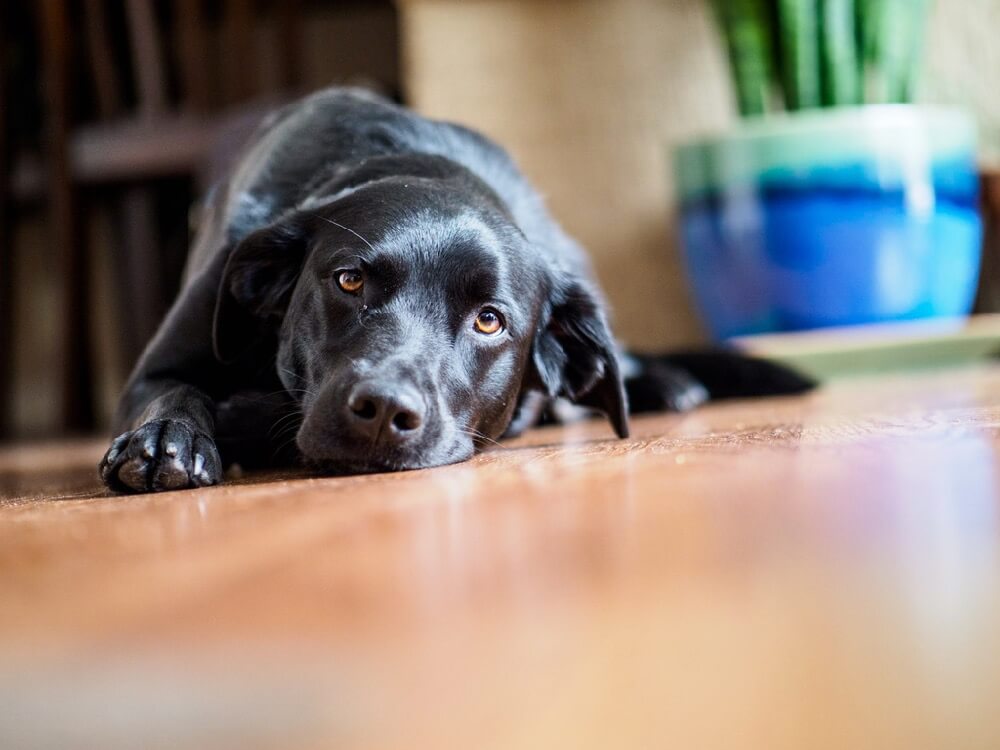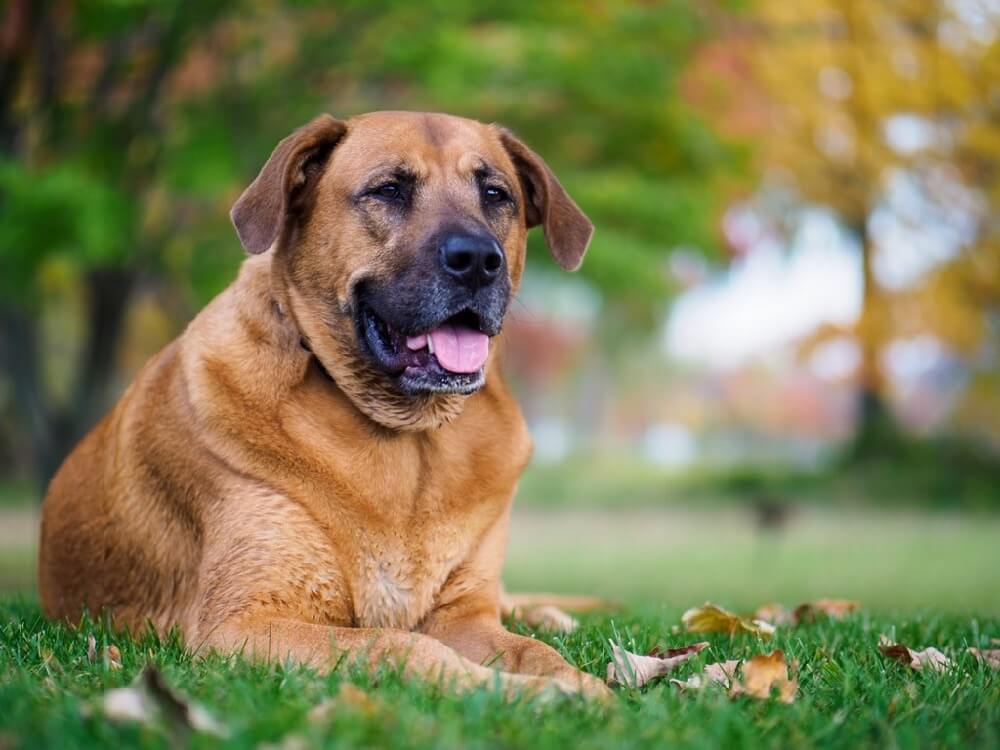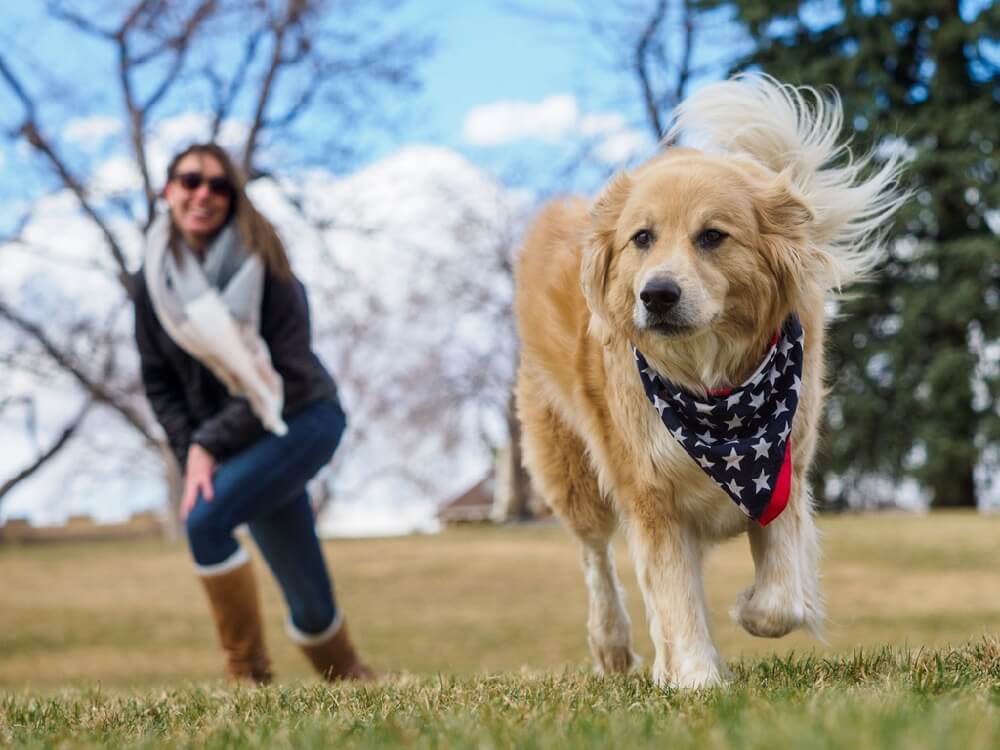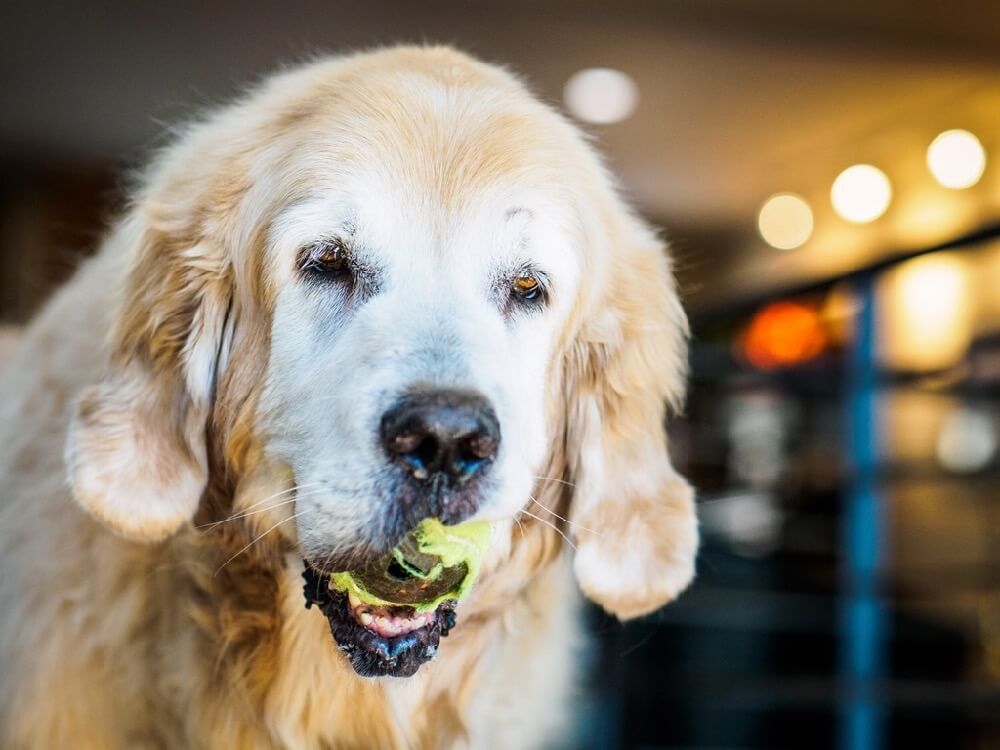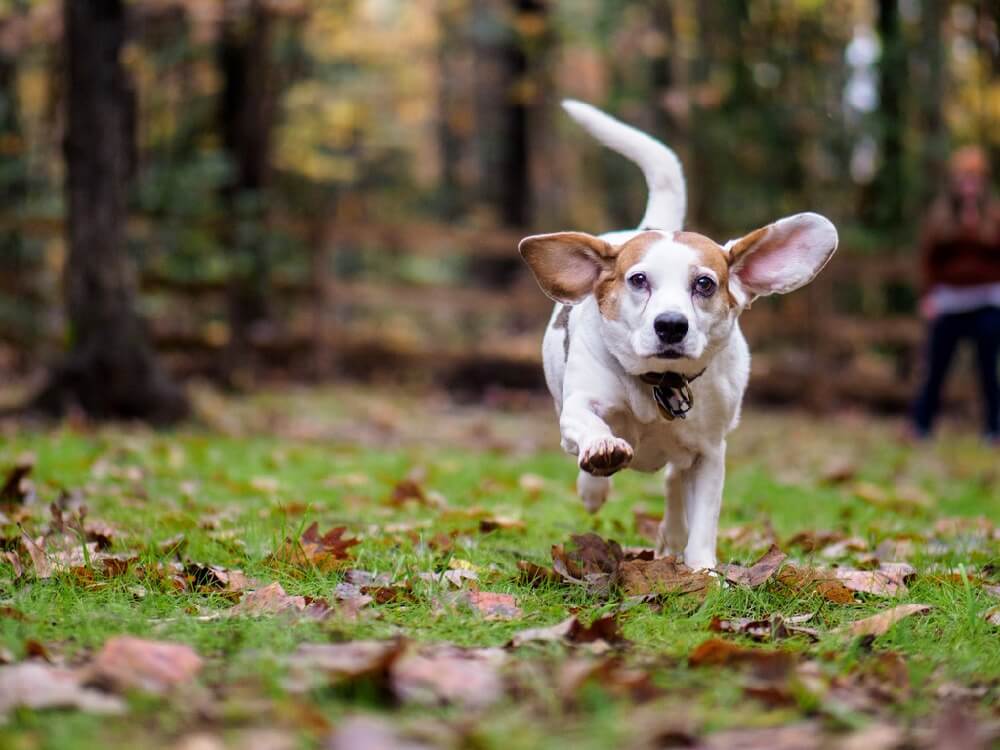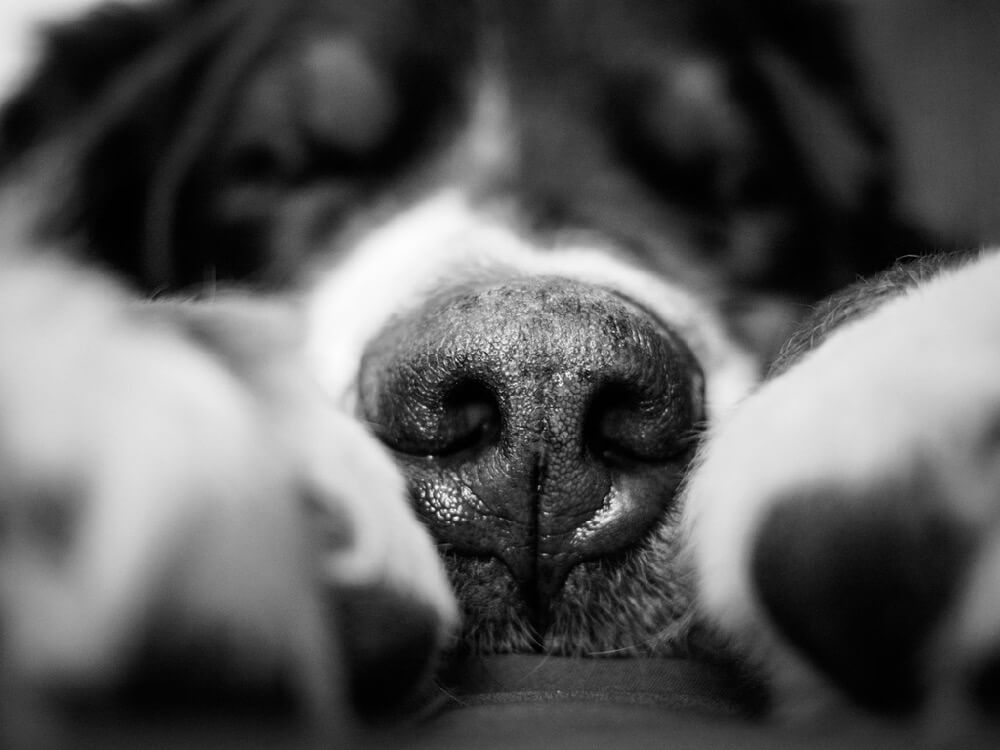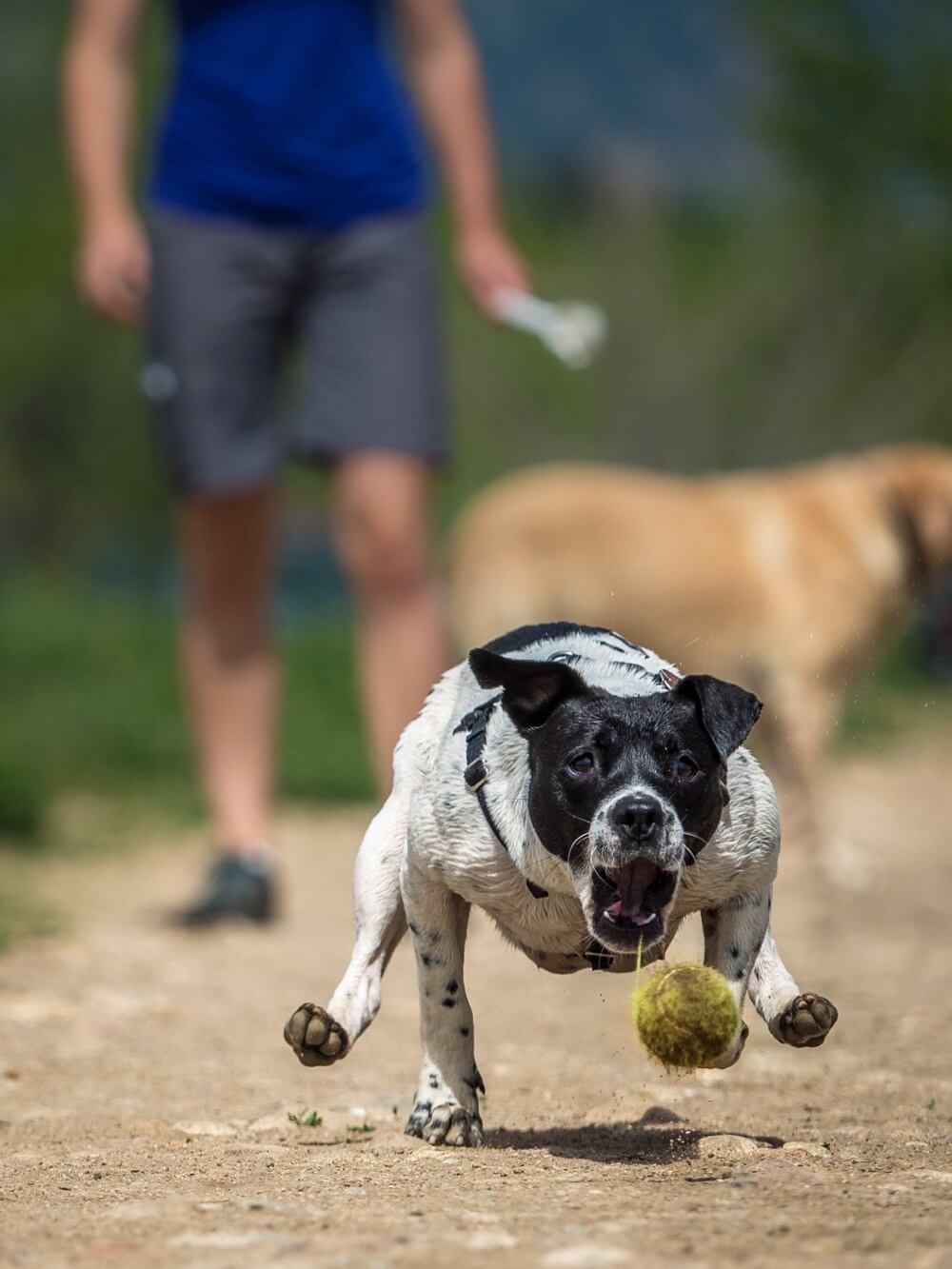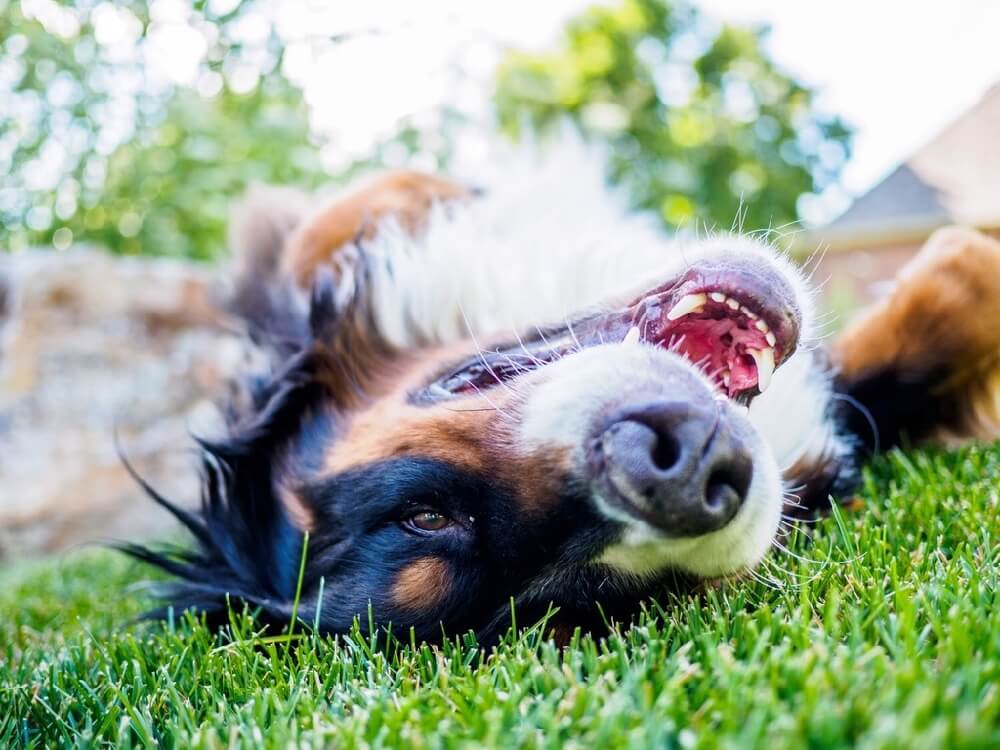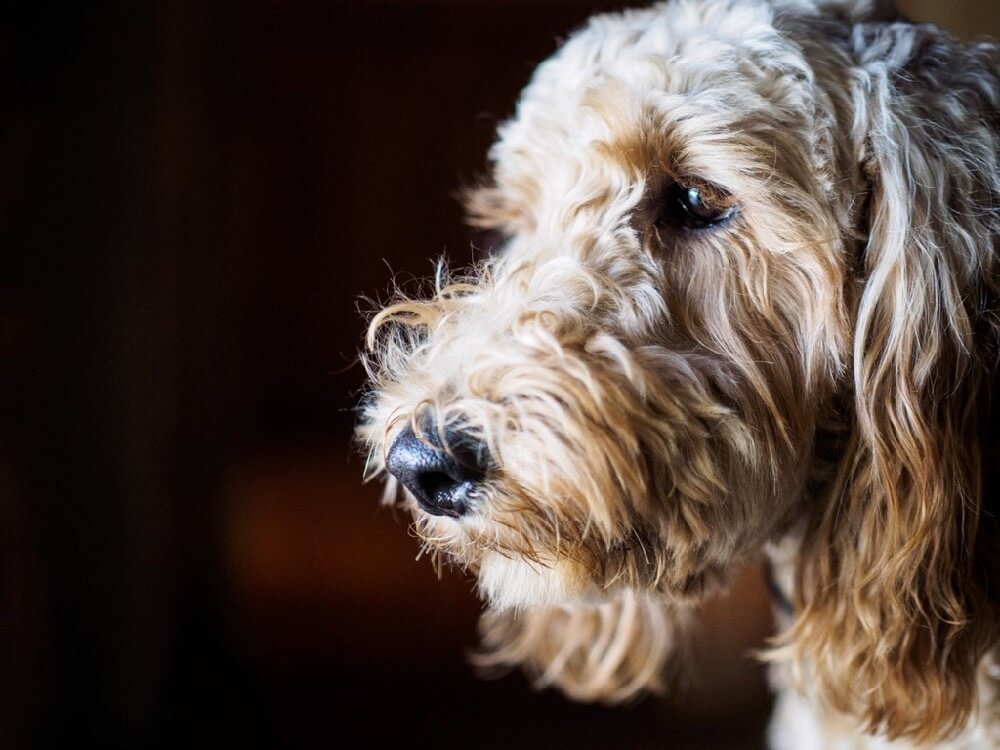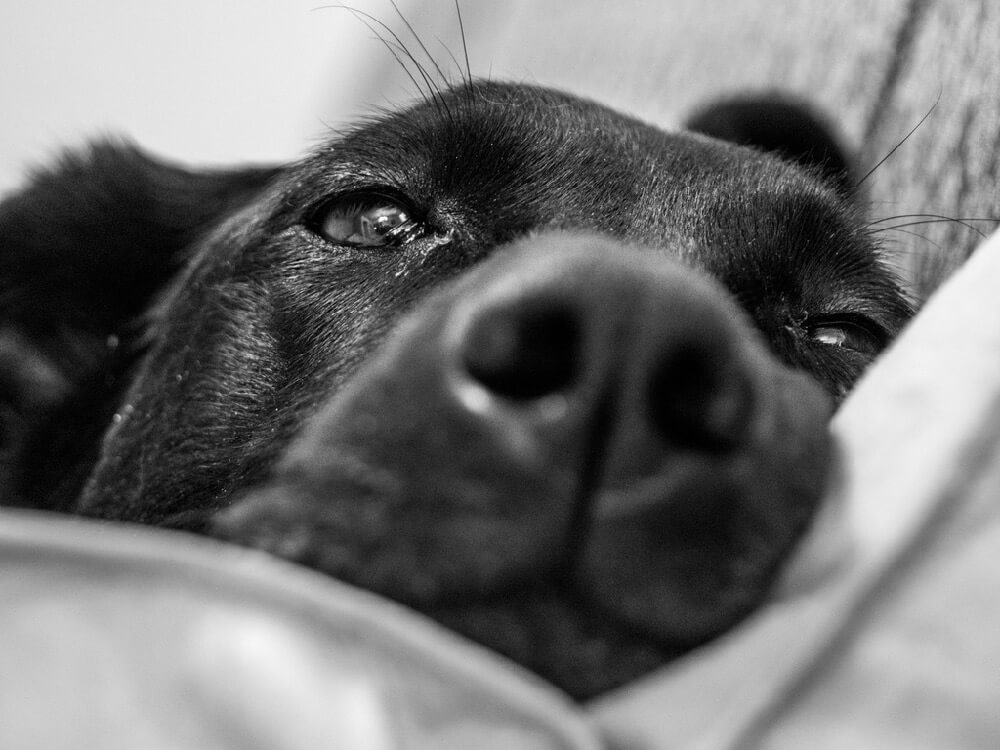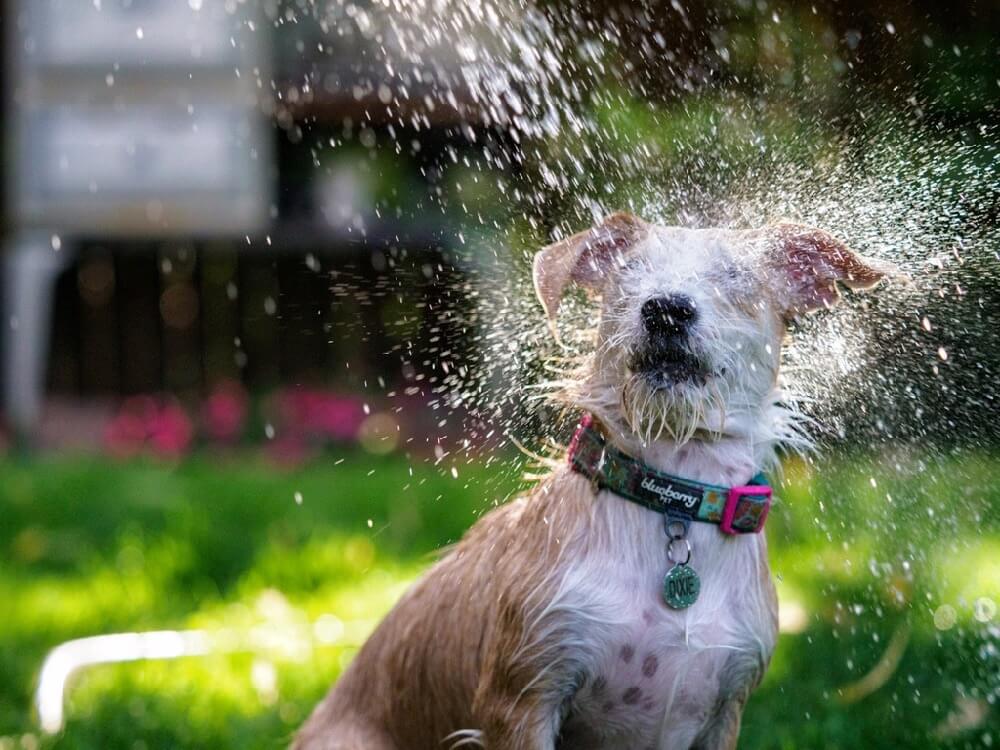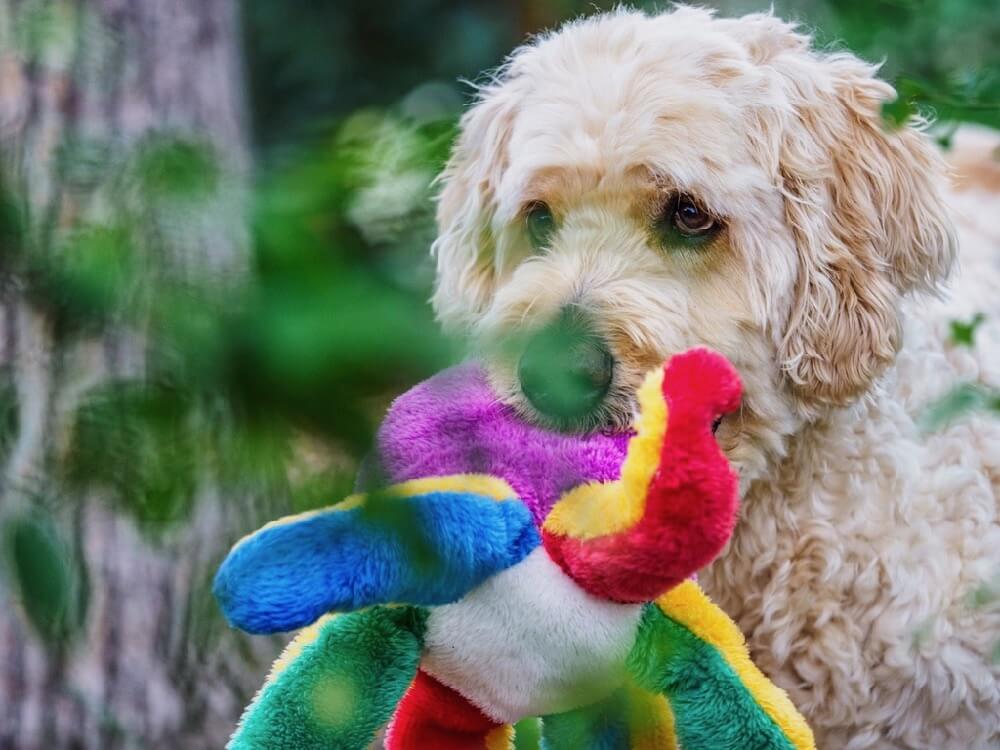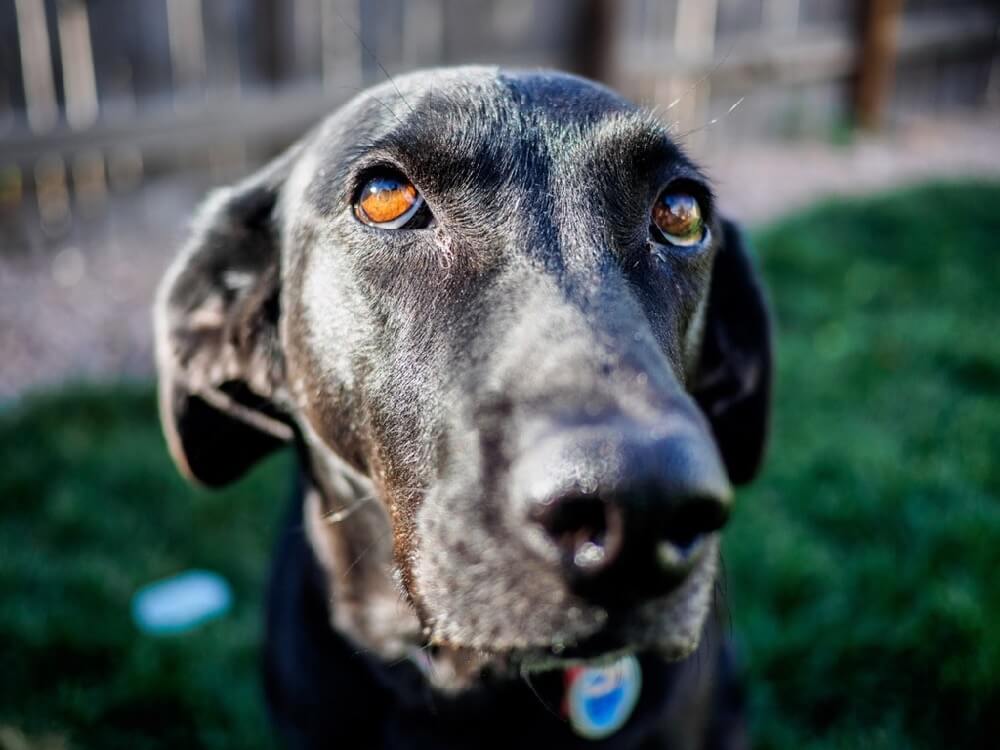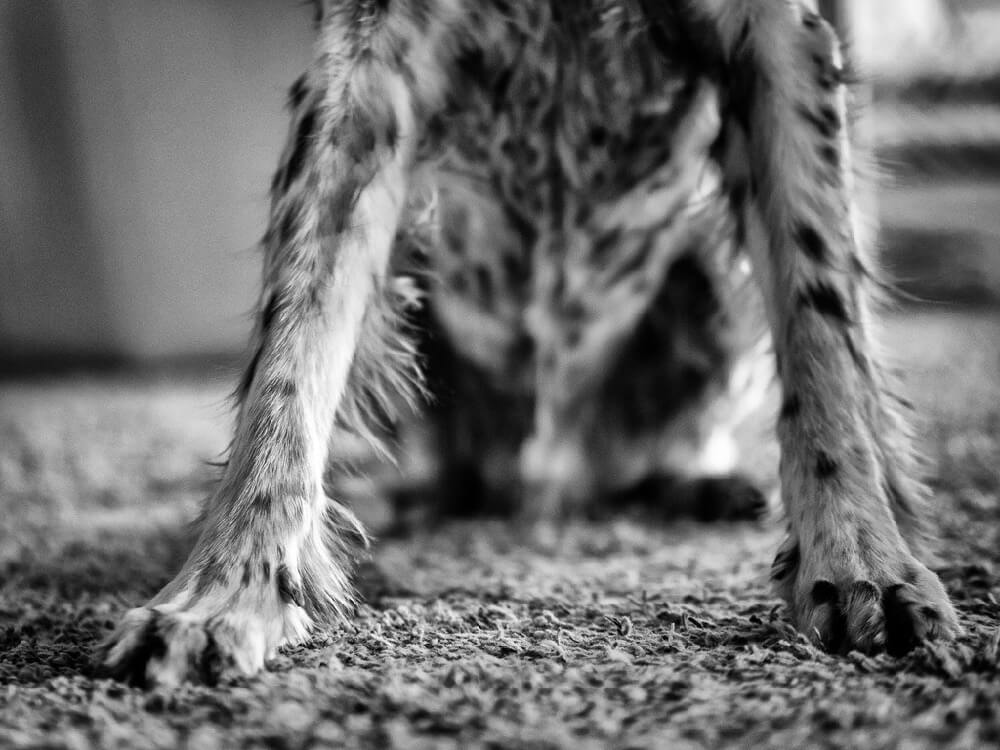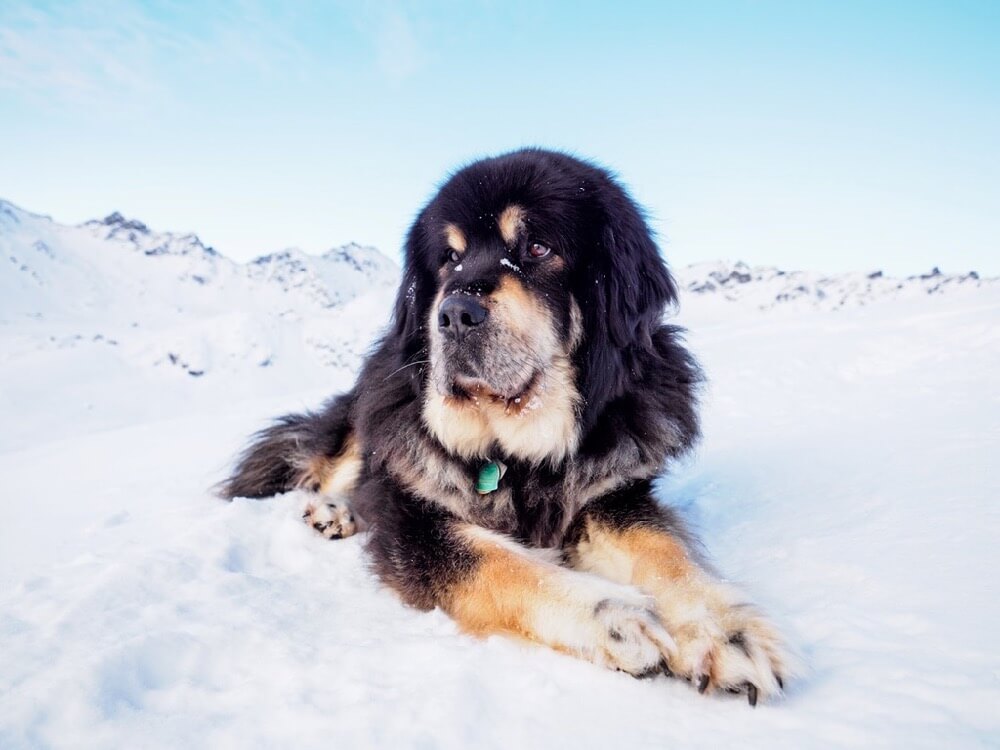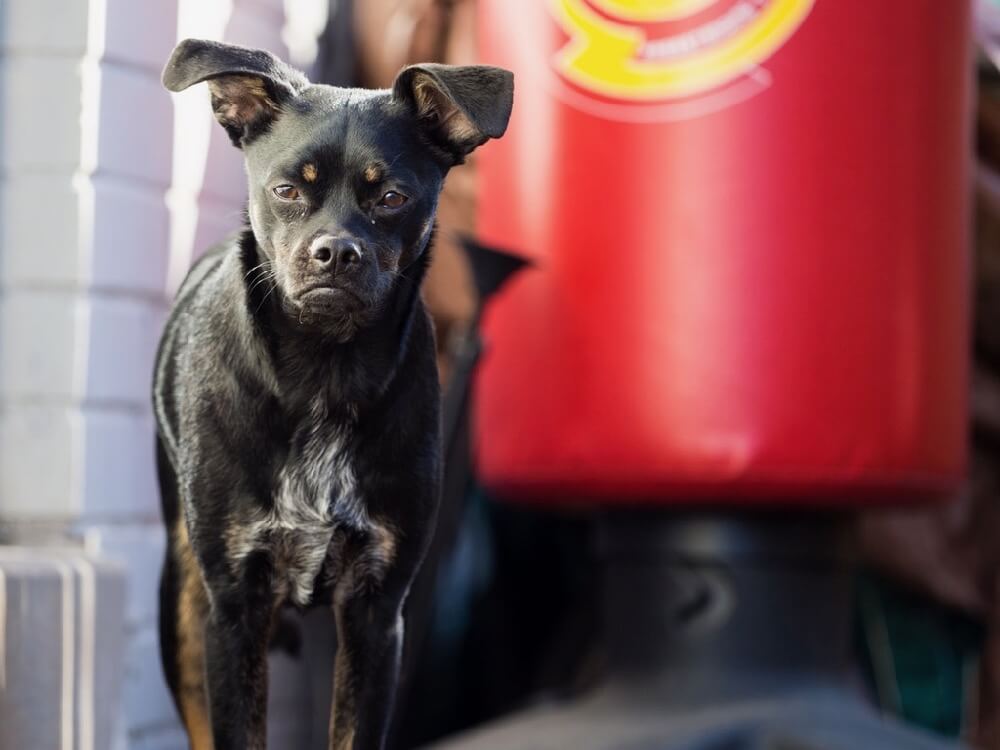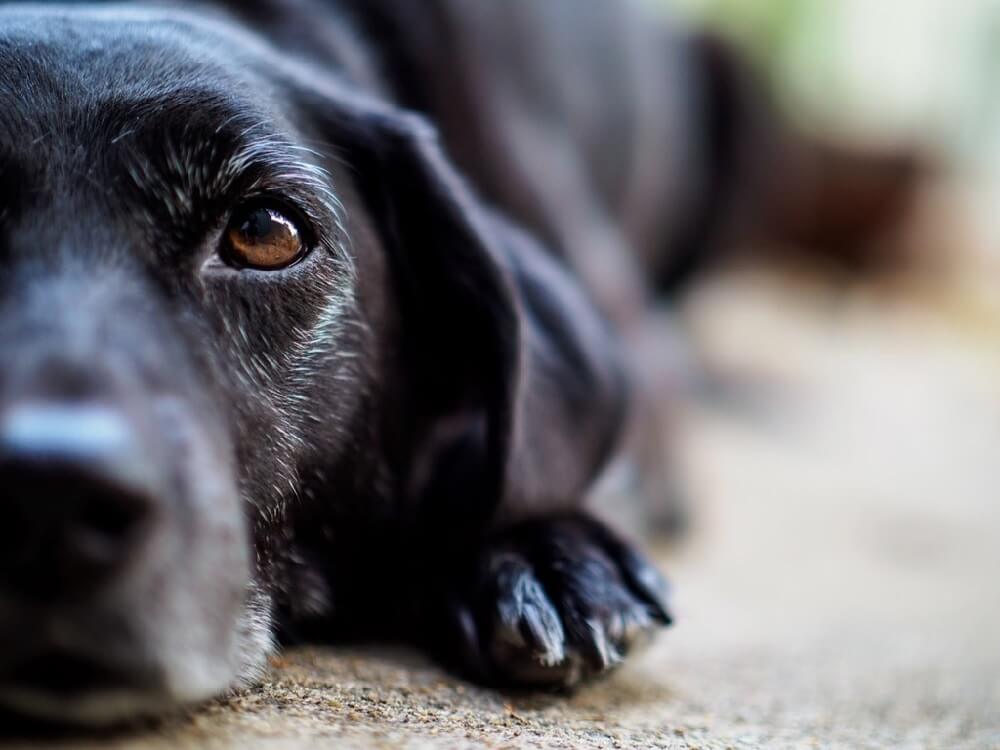Have you ever dreamed of taking some time off of your corporate career to travel, rock climb, and take lots of photos, as well as figure out a new focus in life? Sagar Gondalia did just that, and his experience proves it’s not easy to do. It requires a lot of hard work to find out what you’re actually passionate about.
We asked Sagar to share some of his thoughts and advice about his development as a professional pet photographer, as well as tips for taking better dog photos.
How did you get started as a photographer?
I was working on the business side of healthcare, and incredibly bored with the unfulfilling nature of the work. I made a lifestyle change, left the industry, moved into my car with my dog Voo, and went rock climbing for a couple years.
At the beginning of my sabbatical, I lucked out and drew a Grand Canyon raft permit. And so with 7 friends, I spent 3 weeks in the heart of the Grand Canyon on the Colorado River. My best friend is a hobbyist photographer, and I figured I should probably buy a camera if I’m going to go raft the Grand Canyon, so I just bought one and started shooting.
I ended up taking 3,000+ photos in the Grand Canyon, but despite being one of the most beautiful places I’ve ever been, I didn’t think I had taken any great images. Nevertheless, I kept taking pictures and working on my photography, documenting my travels while driving around the country and exploring all the great climbing America has to offer. I also spent a lot of that time taking an utterly unreasonable number of photos of my dog Voo.
During that extended trip, I was constantly trying to figure out what my next career move would be. After attempting a number of things, I realized it was photography that I’d fallen in love with, and so that’s what I put my full efforts into. I had been searching for a means of creative expression my whole life, but have failed miserably at every traditional art medium I’ve attempted. It has been so fulfilling to have finally found my way of creative expression with photography.
What type of gear do you shoot with?
I shoot with the mirrorless micro four-thirds format. My primary bodies are an Olympus OMD EM1 Mark II and an Olympus OMD EM5 Mark II, and my lens collection currently includes:
- 7-14mm 2.8
- 12-40mm 2.8
- 40-150mm 2.8
- 20mm 1.7
- 42.5mm 1.2
- 50mm 3.5 macro
- 7mm 3.5 fisheye
For the full-frame users our there, my smaller sensor creates a 2x crop ratio so you can double the mm lengths to get a sense for their full-frame equivalents.
What are the most challenging aspects of your photography business?
The two things that I’ve struggled with most throughout this journey have been finding my niche, and building a client base. The professional photographic world is pretty saturated with great and hardworking photographers. It took me a while to figure out that I didn’t have to make a living doing this with weddings or skiing/climbing photography. It seems obvious now, but coming up with a focus that I was really passionate about was definitely a challenge.
Now that I’m getting to spend my days working with dogs, I find the most challenging part of my job to be marketing myself. Twenty years ago, our country was full of 30-year-old married couples with 2 kids who would pay a professional photographer to get prints of those children on their walls. These days it seems like everyone is married with 2 dogs, and treat those dogs just like children. So my biggest hurdle is to help people realize that there’s a professional service out there for taking great photos of their pets.
Any tips or advice for good pet photography?
Perspective, creativity, and patience.
Perspective: We tend to shoot portraits of people from eye level, and the same should be done with dogs. Lay down on the ground, get dirty, and get to the dogs level to take your photos.
Creativity: With human portraits, there are a lot of expectations. We want to use flattering focal lengths, and take photos that make people look their absolute best. With dogs, I like to ignore all the archetypes. I use super wide lenses, get really close, and don’t worry about distorted photos. Owners LOVE the derpiest photo of their fun-loving dog just as much as when their dog is looking majestic.
Dogs are a great opportunity to think outside the box. I like to focus on specific features and get close. Much LIKE people though, eyes can be incredibly important at expressing emotion, so trying to set up shots to get catchlights in the eyes can be key.
Patience: The most important thing for me is patience. People are pose-able and easy to elicit predictable reactions from, but when working with dogs (especially dogs you just met), there’s a large element of unpredictability in their behavior. I spend a large chunk of my shoots getting to know the dogs and learning their behavior patterns. Then I can wait in specific places and anticipate a dog’s actions to try and capture their personalities as naturally as possible.
Bonus tip: dogs in action. Most people don’t own high-end cameras capable of maintaining focus on fast-moving subjects, but you can still get great action photos of your dog. You need to create predictable movement with your dog, so if they respond well to fetch, have someone throw a ball directly at you, so they run to the camera. If they respond well to “come,” have the dog sit far from you and call them directly to you (or have their owner stand behind you and do so).
With a predictable running path, you can set your camera to manual focus, and set a specific plane where you anticipate your dog running. Then just set your camera to the highest frame rate you can and burst fire through the whole sequence. You might only get 1-2 shots in focus, but if you do this 2-3 times, I guarantee you’ll get great results. It obviously depends on the dog, but I find that shooting at least 1/1600th usually ensures there’s no motion blur in your images.
Dog Photography
Here is a selection of Sager’s beautiful dog photography. He’s currently based in Anchorage, Alaska if you’re interested in his services. Visit his website to find a lot more great photos of pets, as well as incredible climbing and skiing pictures. You can follow him on Instagram @thefodographer, and check out his two dogs there too, Tux (@tuxedomanconlin) and Voo (@vootheberner).
